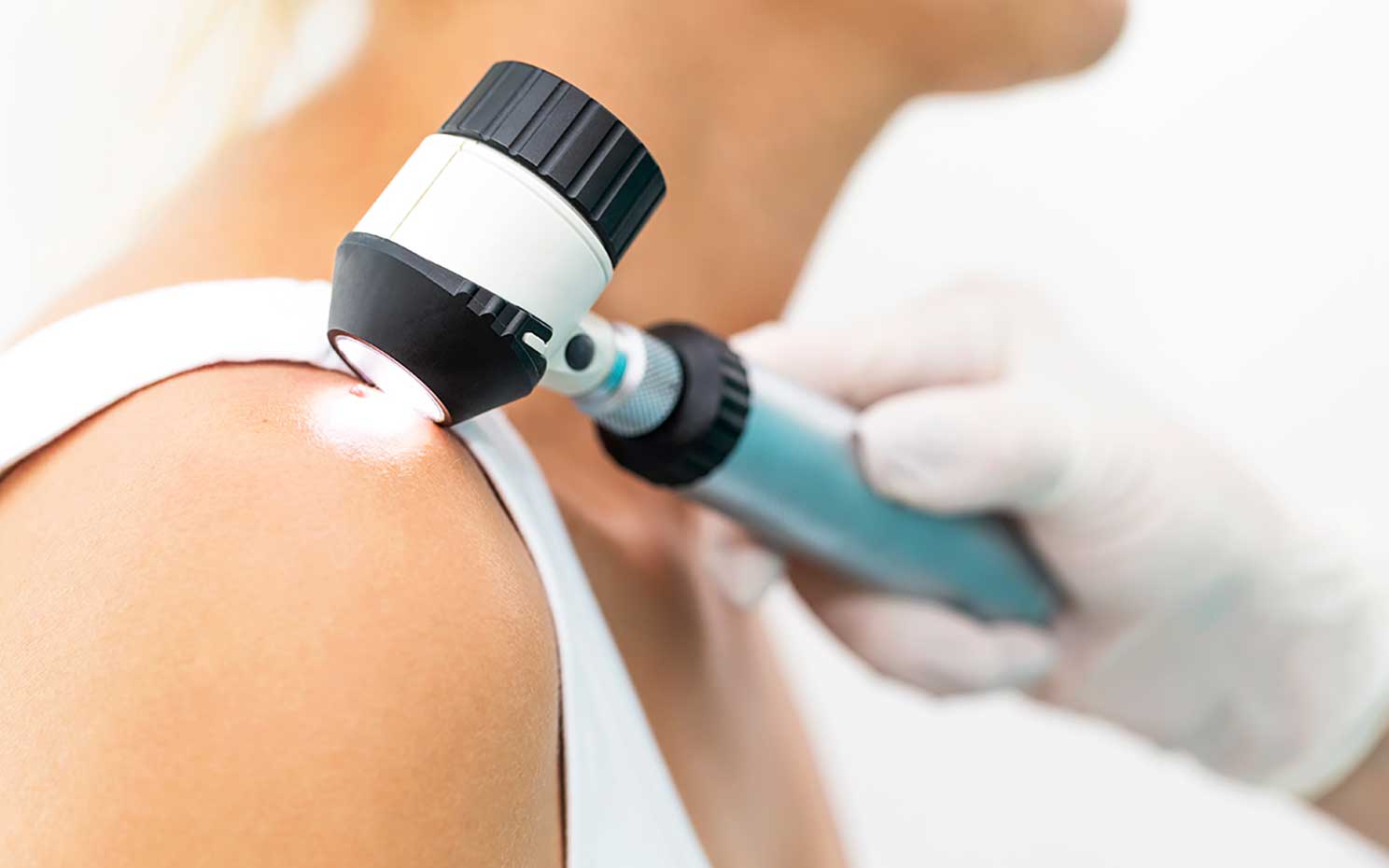As summer approaches, the increased exposure to sunlight brings heightened risks associated with UV radiation. For employers, this is an ideal time to consider implementing workplace skin checks. Conducting these checks regularly is a proactive measure that emphasises the importance of employee health and well-being and protects your workplace.
Workplace skin checks are especially important in Australia, where two in three people will be diagnosed with skin cancer before age 70. Skin cancer is typically detected when someone notices a new or changing mole during a self-examination or when a doctor notices a suspicious lesion when performing a skin check on a patient. A person’s work and medical history determine how often they should receive a skin check. Some workplaces introduce more risk than others, though all organisations and their employees can benefit from these programs.
Who should have a skin check?
There are certain groups who are most likely to attend a specialised clinic for a skin check. People with fair complexions and people who have had skin cancer before or a family history of skin cancer will need to get more frequent skin checks than the general population.
Construction workers, farmers, landscapers, outdoor sports instructors, lifeguards, and fishermen are among those most vulnerable. Additionally, pilots and flight attendants, despite working indoors, face increased UV radiation at higher altitudes. It’s crucial for individuals in these professions to be aware of the risks and take preventive measures, such as regular skin checks, to ensure early detection and treatment.
Skin Check Fast Facts:
- Skin checks are performed to identify skin cancer or precancerous skin cancer growths.
- It is recommended that everyone performs a self-examination for potentially problematic skin changes at least once per year.
- During a skin check, Clinicians look for moles and freckles that have any asymmetrical patterns, blotchy colouring, an irregular border or spots that have changed in size or shape. They may need to measure the size of some spots.
- Clinicians will look at the entire surface of a patient’s skin, including places that are not exposed to sunlight.
- Clinicians might use a small microscope called a dermatoscope to examine suspicious moles and freckles during a skin check. They may take photographs of suspicious areas.
How often should people get skin checks?
You should discuss your medical history and possible risk of skin cancer with your general practitioner to get an idea of how often skin checks should be performed. Everyone should regularly check their skin for new and changing spots and remember to examine the soles of their feet and their nails. Unfortunately, many areas of the body cannot be easily examined – for example the scalp, the neck and the back. This is part of why it’s great to get regular appointments with your GP or dermatologist to help you take a look and monitor any changes.
What happens during a workplace skin check?
Clinicians will perform a skin examination or a less extensive exam of the face, arms, neck, hands, and arms. Workpalce skin checks typically take about ten or fifteen minutes while clinicians examine the skin for suspicious changes and growths. At Healthworks, during workplace skin checks, we encourage people to call attention to specific areas they are most concerned about.
Skin specialists at the clinic will also offer your employees information and further education on skincare and protection, and how to recognise the signs of skin cancer. The skin clinic may also give patients a referral to a dermatologist or recommend they see their GP if further investigation is required.
Early detection and patient education are critical for preventing skin cancer. At Healthworks, we are dedicated to providing thorough education to reduce the incidence of skin cancer. Contact us and learn more about how our employee skin checks keep workers safe today.

